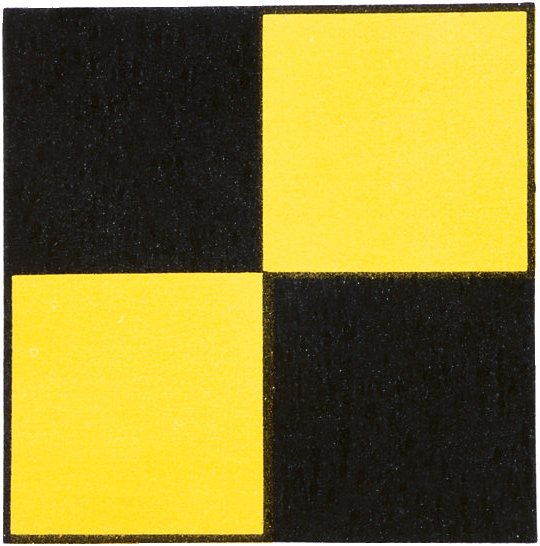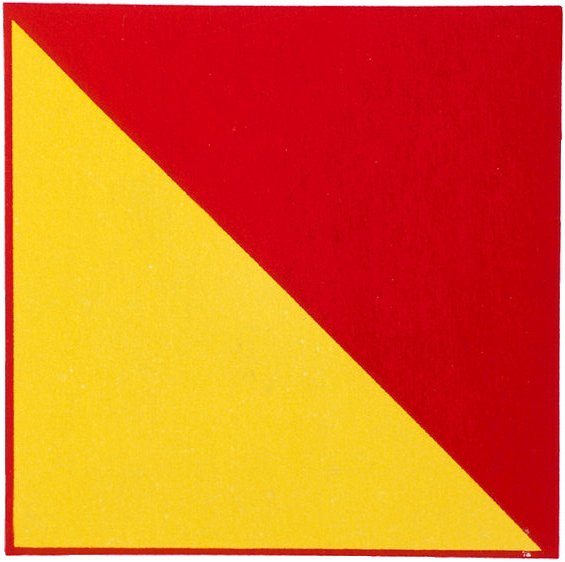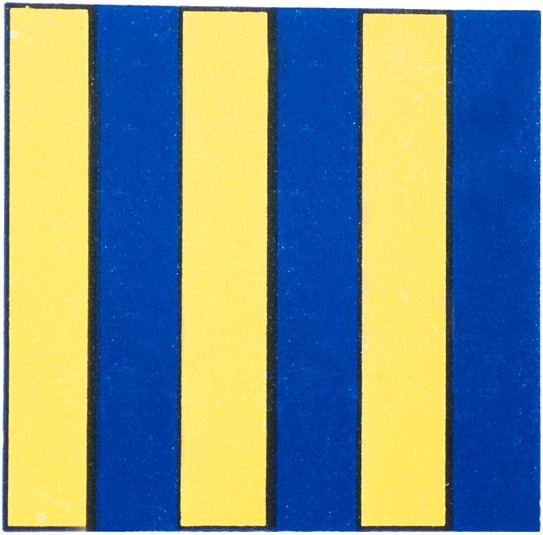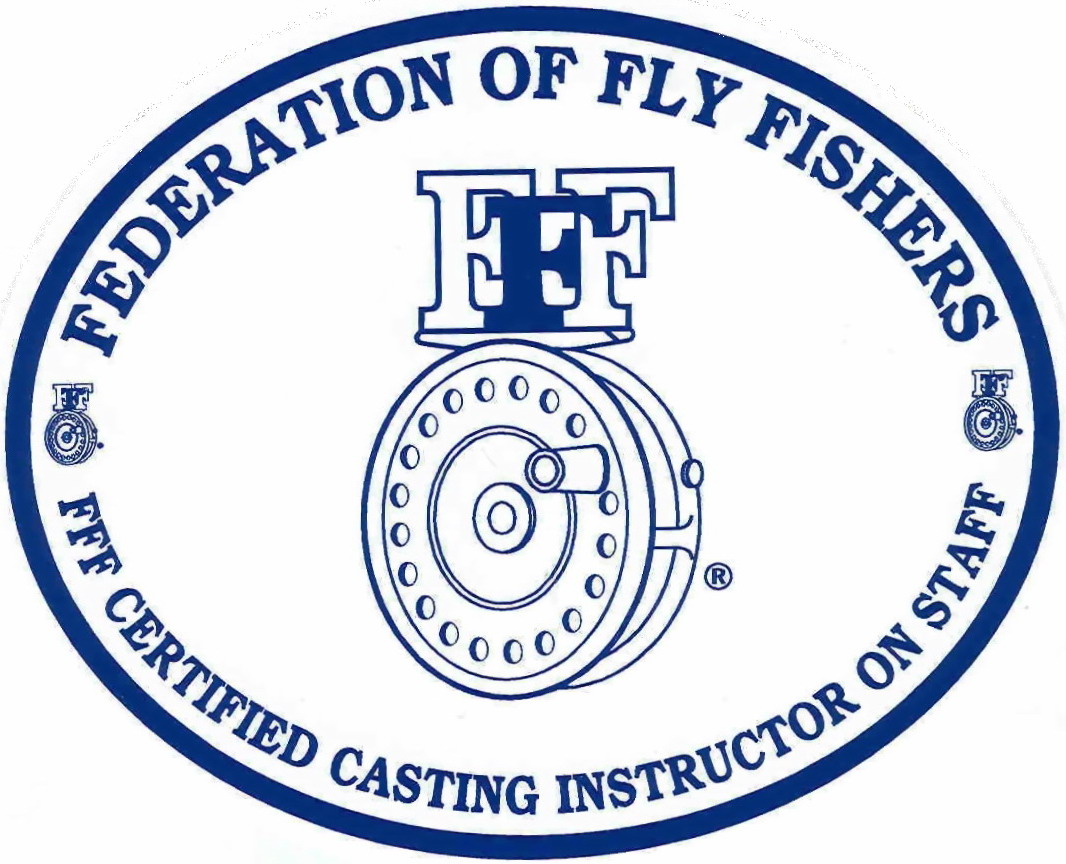Why Does My Fly Line Look Like a Slinky Toy?
by Captain Jim Barr on 11/24/17
Some fly anglers often get coils in their fly lines and they are quick to blame the manufacturer of the line, the age of the line, or the Guide for not cleaning and stretching the lines in advance of a charter. I can only speak for myself and it may be true with other guides that their lines are dirty, twisted, old or of poor quality etc. I buy only the best fly lines available (RIO Products) and those lines are replaced about every other year, and they are properly maintained throughout each guiding season.  From where I stand behind the center console I can see everything going on inside the rub rails, as well as on the water. The chief cause for poorly performing fly lines aboard my boat are three: 1. The angler is constantly standing on the coiled fly line with their soiled shoes. Just the walk between where the angler parks their car at the boat ramp to my boat, will result in the angler picking up on their shoes- oil from the asphalt, sand, small stones and broken shells, fish guts, gasoline, bird droppings, etc. Most of this junk ends up on the floor of my boat- front to back. 2. The weight of the angler standing in their shoes that are coated in this parking lot crud is then ground into the fly line on which they are standing most of the day, and 3. As the fly line is stepped on, it often rolls (twists) as the angler moves about resulting in a coiled fly line. Some of the crud comes off and some of the coils unroll during the cast and the retrieve, but much of it does not. Some of these conditions can be avoided by having the angler clean their shoes on a small carpet before they board. I have a small one that I unroll that helps eliminate some of the problem. As for the coils caused by a twisted fly line, they can be mostly eliminated by the angler using a stripping basket that fastens to their waist, or the angler stripping their fly line into one of the two large "leaf barrel" containers I have aboard.
Another chief cause for coiled fly lines is the manner in which the fly angler fails to manage their fly line lying on the deck between casts. I have had anglers who begin by casting a beautiful line, good form, reasonably tight loops that unroll nicely, smooth rod accelerations to hard and high stops, etc. However, as the hours pass, those same anglers can start developing coils by "short stripping" line that piles inside itself, as well as line that gets blown about the boat from ambient wind conditions and when we relocate to other water. Some of these coils are nearly impossible to untangle once a fish eats the fly and takes off. With a hard charging fish these coils quickly morph into knots too large to pass through the guide set. Take for example a False Albacore that once hooked instantly races away from the boat at breakneck speeds. Here's a common scenario for the angler who hooks an Albie 50 feet from the boat. If we have a 9 foot leader, that means there's about 41 feet of plastic coated fly line beyond the reel (towards our pissed off tuna). There is also a varying length of line on the deck near the anglers feet that has been stripped during the retrieve from the 60-65 foot cast. With no tangles in the fly line, the 60 feet remaining on the deck and on the reel of the total 100 foot long fly line, will disappear in roughly 3 seconds, taking into account that the fish will not attain warp speed immediately (which is 60 feet/second or 40mph!). Ok, now you are almost instantly into your backing and your jaw has dropped in disbelief that this fish is so strong and fast. You keep your fingers away from the knob on the fly reel as the RPM's speed up, and you do not attempt slowing the fish by palming the reel spool until the Albie begins to slow... you let simply let her go, keeping the rod at anywhere between parallel with the water or maybe at 30 degrees from the surface. It's all good, you are in some degree of control as you begin to gain line and play the fish back to the boat. OK, now let's change the model. You have made your 65 foot cast, and you have some extra fly line on the deck (and on the reel of course). However inside that loose deck line there may be one or more coils of line piled on itself. Those coils have formed due to crud on your shoes, a line that's been rolled over repeatedly by you stepping on it, perhaps the wind has blown the line around mixing these coils helter-skelter around your feet. Ms. Albie then eats your fly, you go tight in a nano-second, line instantly jumps off the deck on it's way through your line hand and into your first and second stripping guides. The coils get pulled at great speed and force and instantly tighten and become a series of small, medium and large knots that quickly hang up, and jam into part of your guide set. Several things can then happen at warp speed, 1. You break off the fish because your tippet snaps as it can't handle the force of the weight and speed of the fish. 2. The fouled guides get bent or even break off the rod, and you also lose the fish, and 3. You totally lose it, drop the rod and there goes someone's $1,700 fly rod, reel and fly line combo into Davy Jones' Locker. So what are the lessons learned, or "Hotwash" to prevent this from reoccurring? 1. Keep your shoes clean 2. Do not step or roll your shoes on the fly line 3. Strip the fly line into large coils 4. Always watch the line on the deck before and after you cast to make sure there are no coils that can become knots 5. Use a stripping basket or a stripping bucket provided by the guide that keeps the fly line off the deck and loosely arranged. 6. If your fly line has the traditional monofilament core, the line should be stretched in advance of the fishing outing to remove coils brought on by the line being stored on the reel.  OK, so I have discussed the most common and easily remedied prevention techniques for avoiding coils in fly lines. Let's review the less obvious malady... the fly cast itself. This too can be easily remedied once the casting fault has been discovered. I saw this situation occur several times this season, and it occurred with two experienced and pretty good fly anglers. Each angler had a casting stroke that had the tip of the fly rod moving in an elliptical path. In fly casting the fly line always travels the same path as the fly rod tip. For many casts the angler attempts to achieve what we casting instructor geeks refer to as straight-line casting. In both cases with these two anglers, their standard (all day) overhead casts were rounded, oval or circular in movement. **This is unlike the "Belgian" cast which has the rod traveling in an oval path, with the line in the backcast traveling in a low trajectory and on a continuous path that then sweeps up into a high plane forward stroke. The Belgian cast is a great cast for handling heavy and wind resistant flies, for fishing with limited backcast room, and because the backcast does not cross it's own path, this circular rod tip and fly line path may assist the caster to eliminate wind knots and tailing loops. It also is a great cast if the angler has a strong wind coming from behind. By keeping the rod tip and line at a low trajectory in the backcast, the line is less impaired by the wind. Then with the sweep and "angled-up" forward stroke in a high plane rod path- when the rod is stopped and the angler shoots the line, the tailwind catches the line pushing it downwind for very long presentations. (But I digress too much) Back to my charter guests. Their standard overhead forward and back cast strokes were not of the Belgian variety. If you were to view those strokes from directly above each angler what you would see is the tip of their fly rod tracking in a very shallow and long oval path, not a straight-line path. Tracking is the bird's eye view of the path of the rod tip during the stroke. There are two main faults, the first is the backcast stroke not being in line with the forward stroke, and the second is a forward cast not being in line with the back. Most fly casters throw their backcast at about 20 degrees off to the side, however these gentlemen had a back cast considerably beyond 20 degrees. With each forward and backcast stroke that employs their long and wide path, the angler is unknowingly inserting twist into the fly line. Over a fairly short period of false casting, the line twist occurring will result in the fly line developing coils and knots, that can be virtually impossible to easily and permanently remove. The most effective technique to remove these coils is to clip off the fly, strip all the fly line from the reel and troll at slow speed with the fly line trailing behind the boat, then rewinding the line and retying the fly. This takes time away from fishing. So what's the Hotwash here? 1. Understanding that it may be your elliptical casting stroke that is causing your fly line to twist and develop coils so that it begins to look and act like the Slinky toy. 2. Find a Certified Fly Casting Instructor, and have him/her analyze your casting stroke, and coach you on how to change it so that it is closer to a straight-line path. 3. A self correction is for the caster to lay out a straight 100' foot long rope or hose on the grass. If the angler stands at the 50 ft mark and begins to do a series of false casts, while carefully watching the path of the fly line in the backcast, they should readily see how their backcast is tracking relative to the forward cast in relation to the rope or hose. The following link takes you to an article that appeared some time ago that provides further detail on fly line tracking. Sexyloops/ Fly Line Tracking |
Comments (0)







